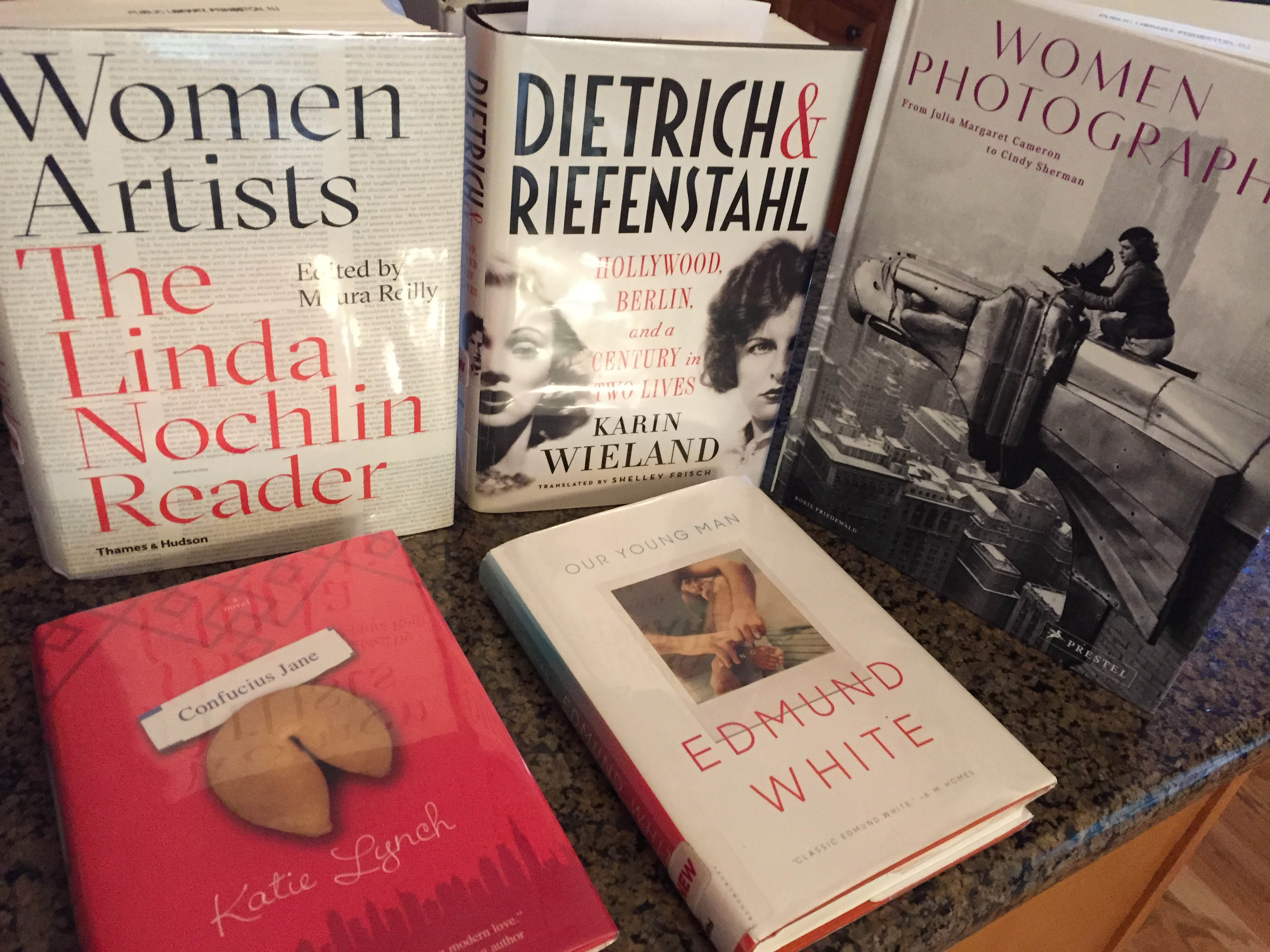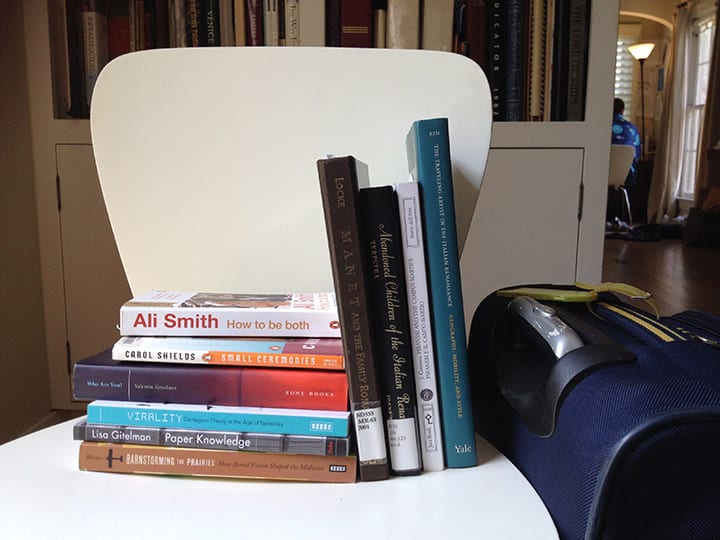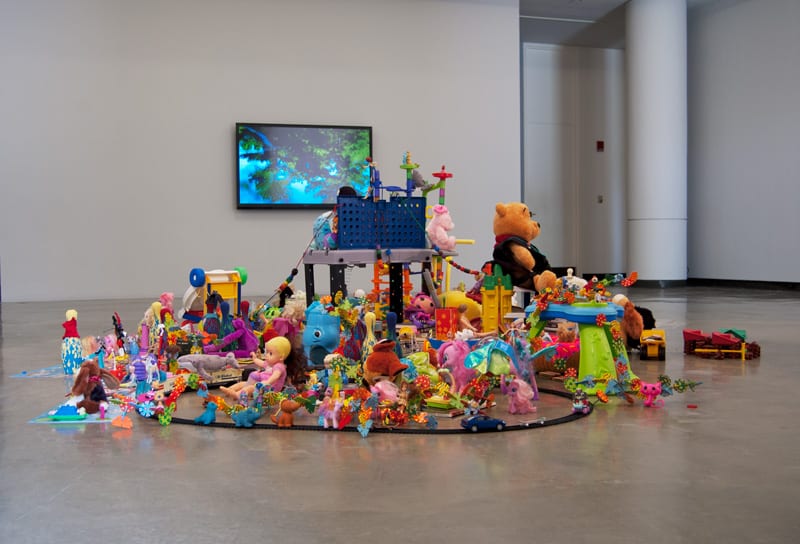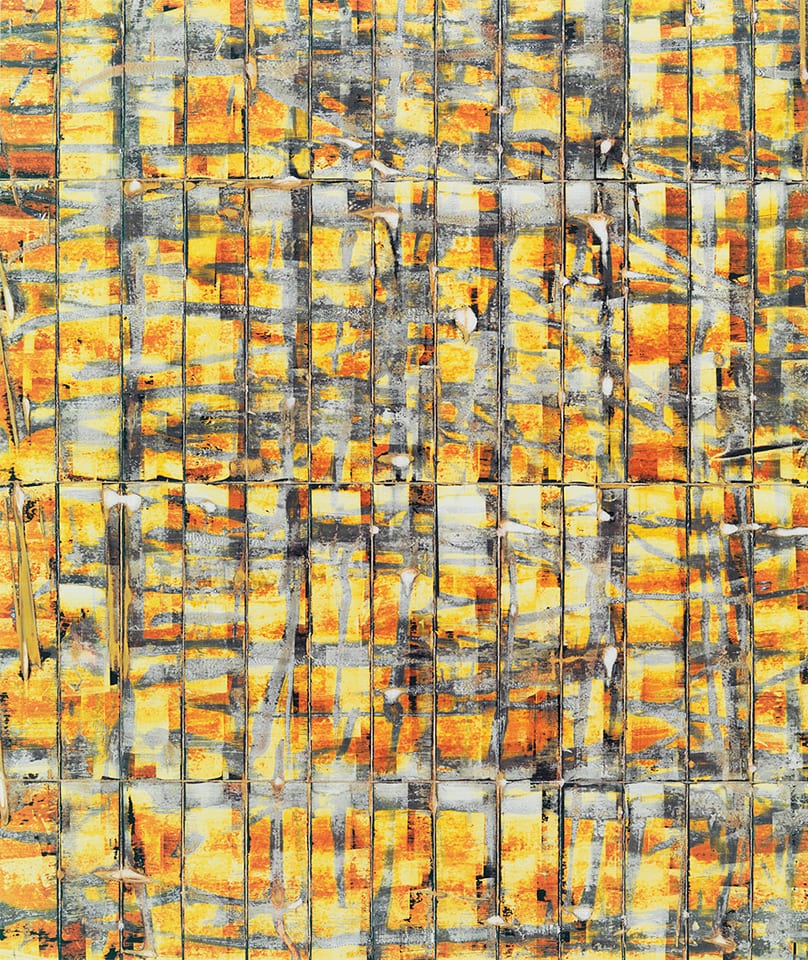By Lauren Richman
Lauren Richman reviews Hilary Roberts, ed., Lee Miller: A Woman’s War, and the exhibition Lee Miller: A Woman’s War, and Walter Moser and Klaus Albrecht Schröder, eds., Lee Miller, and the exhibition Lee Miller, aka Lee Miller—Photographs and The Indestructible Lee Miller












